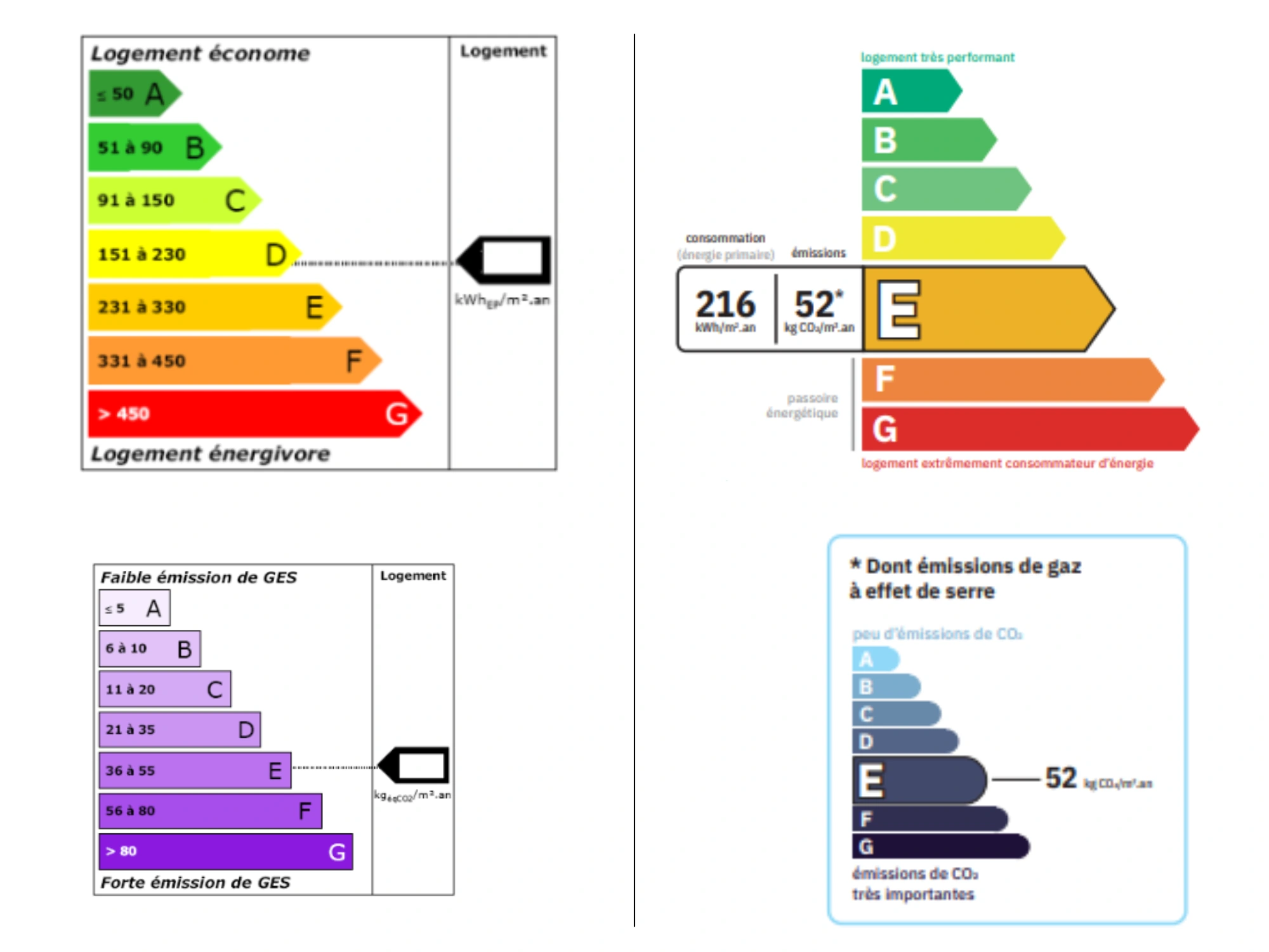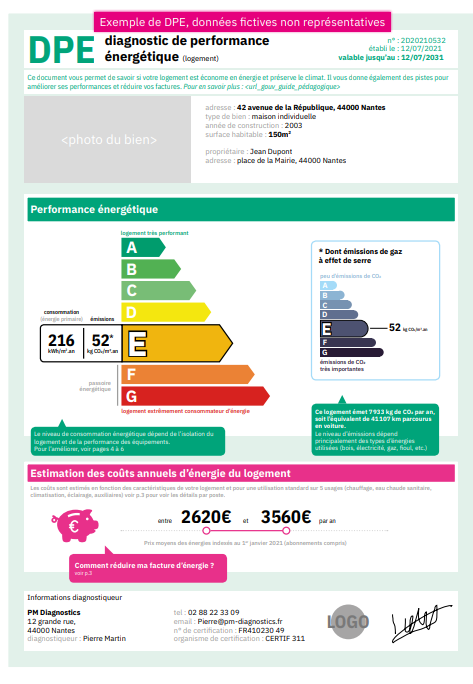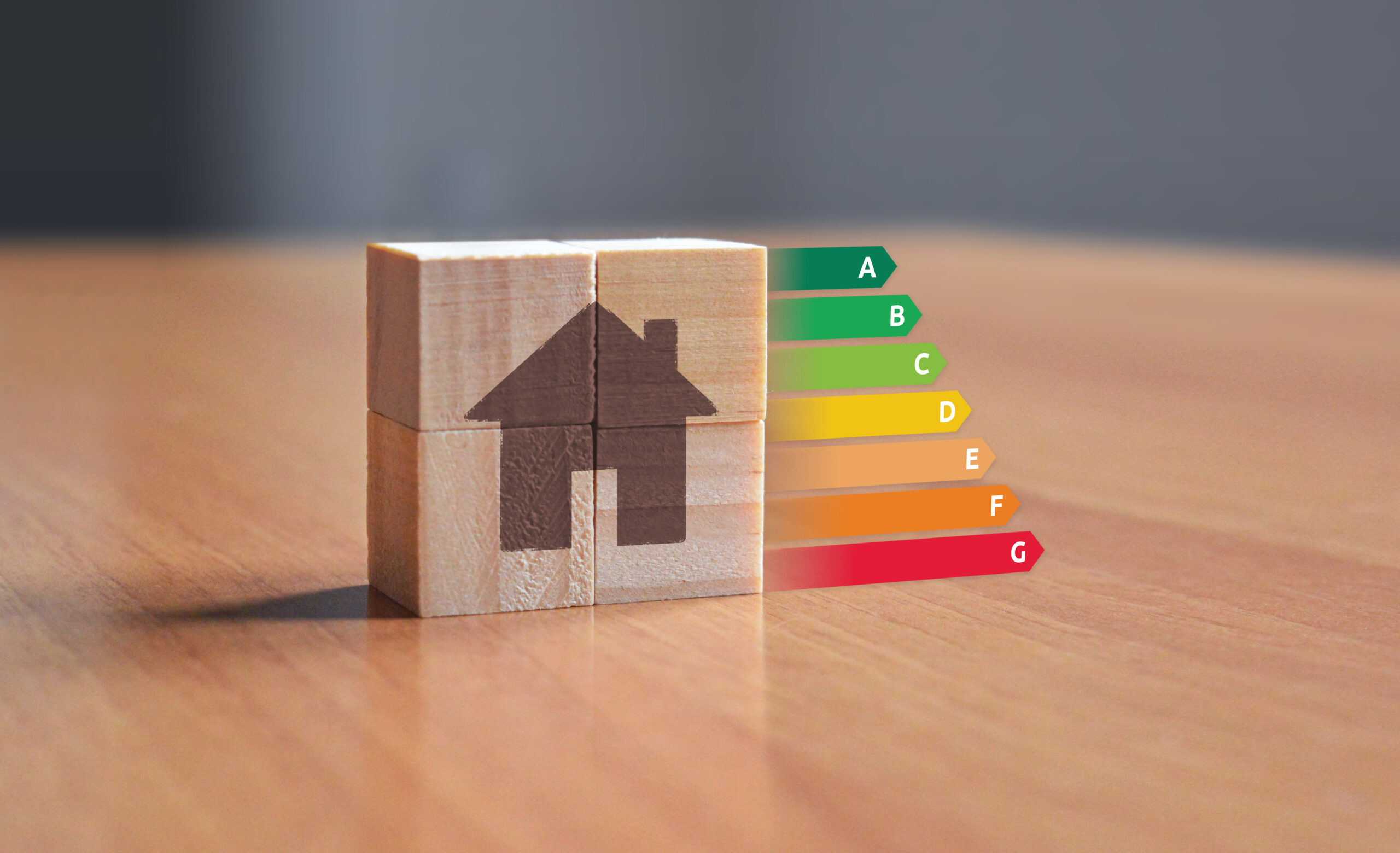In France, the Diagnostic de Performance Énergétique (DPE) plays a crucial role in assessing the energy efficiency of buildings and properties. It provides valuable information to homeowners, tenants, and potential buyers or renters, helping them make informed decisions regarding energy consumption and environmental impact. In this blog post, we will explore the purpose, process, and recent updates regarding the DPE in France.
-
Purpose of the DPE
The primary objective of the DPE is to evaluate and communicate the energy performance of a building. It provides an indication of the amount of energy consumed by the property and its impact on greenhouse gas emissions. The DPE report also includes recommendations for improving energy efficiency, thus promoting sustainable practices and reducing energy consumption.
-
DPE Assessment Process
Trained professionals known as DPE diagnosticians carry out the assessment process. They evaluate various factors, including the building’s insulation, heating systems, ventilation, and energy sources. Additionally, they take into account the property’s geographical location, climate conditions, and its energy consumption history.
The DPE diagnosticians use standardized methods and calculation tools approved by the French government to generate the DPE report. The report includes two key indicators: energy consumption (expressed in kilowatt-hours per square meter per year) and greenhouse gas emissions (expressed in kilograms of CO2 equivalent per square meter per year). The report also assigns an energy efficiency rating to the building, ranging from A (most efficient) to G (least efficient).
-
Recent Changes to the DPE
As of July 2021, the French government had proposed updates to the DPE to enhance its accuracy and reliability. These changes aimed to address previous concerns regarding the variability of the DPE results and align them more closely with actual energy performance.
The proposed updates included stricter control over the diagnostician’s qualifications, improved methodology, and the introduction of new calculation tools. These changes aimed to provide more accurate energy consumption estimates and to align the DPE assessment with evolving energy efficiency standards.
The idea is that The new DPE should be much more simple and efficient to read. In this blog post we will list these key changes and what you can expect if you have a home on the French Riviera. Essentially, the new DPE is much more simplified than the old one and can be seen here below to the right of the old DPE.

source: jaqe.fr
A DPE ranking is valid for 10 years. However, the decree of December 17, 2020 states that some old DPE carried out before the reform will be considered expired. A DPE conducted between 2013 and 2017 is valid until December 31, 2022. A DPE conducted between 2018 and June 2021 is valid until December 31, 2024.
A DPE conducted in January 2017 will only remain valid for five years, while a DPE conducted in May 2021 will only remain valid for three. Once these validity periods have expired, a brand new one needs to be made.
The DPE will now include factors such as ventilation conditions, accommodation characteristics, heating, the amount of energy consumed annually, etc. By doing so, the information will be more detailed, better structured and easier to understand. Information will therefore be more accessible for those interested in taking note.
Here is an example of the new DPE from the Ministère de la Transition écologique :

the new DPE holds the surveyor and owner accountable in a court of law since this new assessment can be used as evidence during a trial. Thus, diagnosticians will be advised to keep all material evidence (documents, photos) in order to justify the data used to establish their new DPE. One of the key objectives of these changes is to harmonize these documents, which will also ensure that different diagnosticians follow the same practices.
-
Importance of the DPE for Homeowners and Buyers
The DPE serves as a valuable tool for homeowners, tenants, and prospective buyers or renters in several ways. It allows them to:
a. Evaluate Energy Efficiency: The DPE enables individuals to understand the energy consumption and efficiency of a property, facilitating informed decisions related to energy management and associated costs.
b. Compare Properties: The energy efficiency rating (A to G) in the DPE report allows for easy comparison between different properties. This information empowers individuals to prioritize energy-efficient homes, contributing to a more sustainable future.
c. Identify Potential Savings: The DPE report’s recommendations for energy-saving improvements help homeowners identify opportunities for reducing energy consumption and lowering utility bills.
The Diagnostic de Performance Énergétique (DPE) plays a crucial role in promoting energy efficiency and sustainability in France. By providing essential information about a building’s energy performance, the DPE empowers homeowners, tenants, and potential buyers or renters to make informed decisions and contribute to a greener future. Stay updated with the latest regulations and changes regarding the DPE to ensure you have accurate information when assessing a property’s energy efficiency.













